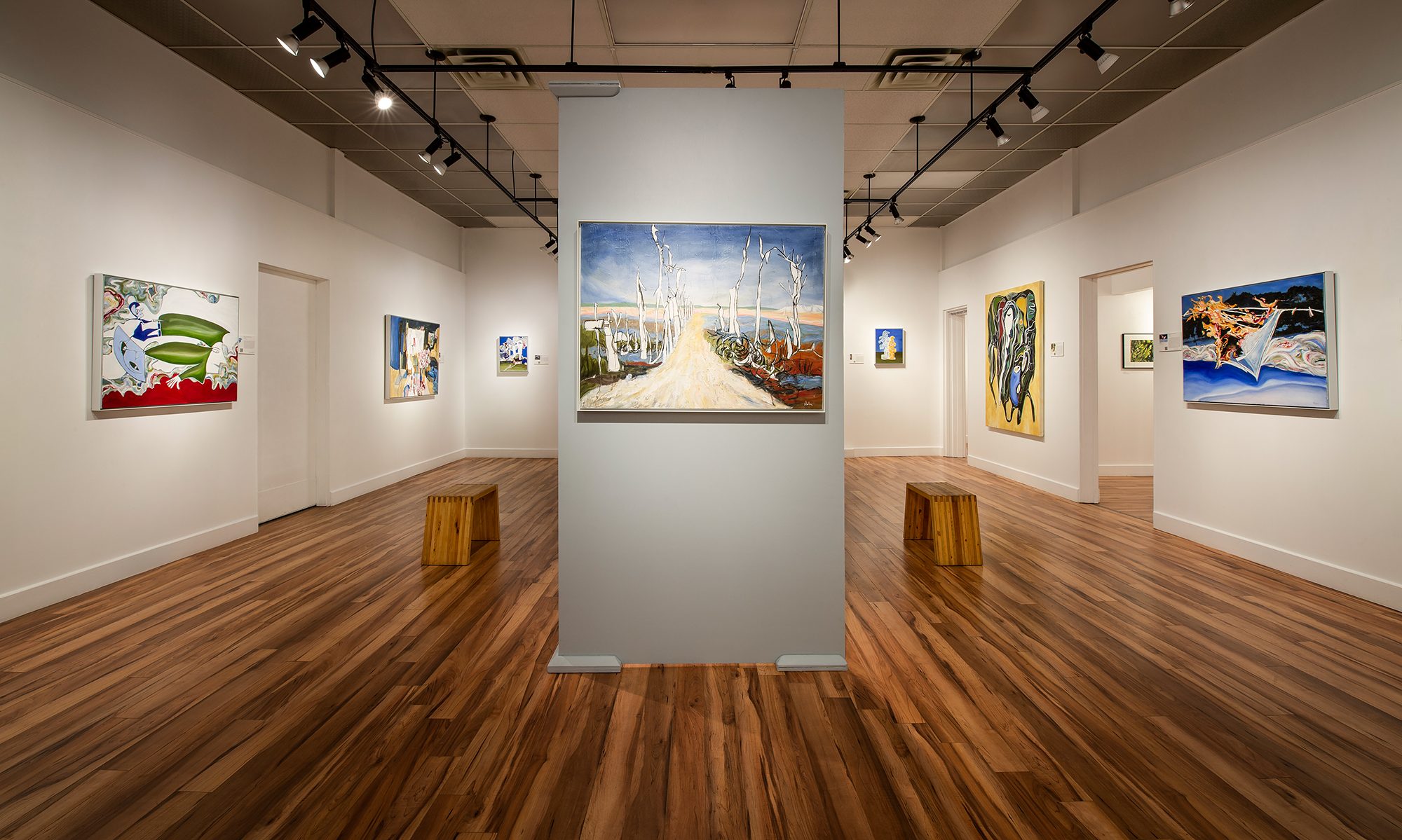Blind Contour Drawing #17 “Reclining Nude Shepherdess” 1891 Berthe Morisot
Berthe Morisot was born in Bourges, France into a successful middle class family. They encouraged her and her sister Edma Morisot in their interest in art. Morisot showed promise from an early age and once she settled on pursuing art, her family continued to support her career. Her father, in particular admired strong will and perseverance.
At age 20, she made friends with landscape painter of the Barbizon school, Camille Corot, who introduced her to other artists and teachers. She took up plein air techniques and enjoyed painting small pieces outdoors and eventually larger works in a studio. Morisot was first accepted in the Salon de Paris in 1864 with two landscape paintings, and she continued to show regularly in the Salon until 1874, the year of the first impressionist exhibition.
She was acquainted with Edouard Manet in 1868, and in 1874 she married Eugene Manet, Edouard’s younger brother. She convinced Manet to attempt plein air painting, and drew him into the circle of the painters who became known as the impressionists. Her husband however, never saw himself as an Impressionist. He supported his wife and brother’s careers but didn’t appreciate the new art movement.
Morisot’s favourite subject, was her daughter Julie, who was born four years after her marriage to Eugène. Like Mary Cassatt, Morisot was associated with “feminine” art because her subject matter was usually, women, children, and domestic scenes. Morisot painted what she saw in her immediate, everyday life. As a woman in the middle class, she saw domestic interiors, holiday spots, other women, and children. Her subject matter is equivalent to her male Impressionist colleagues. Edgar Degas painted rehearsals of the ballet, horse races, and apartments. Claude Monet painted his garden, his children, and his neighbour’s haystacks. Morisot’s art was labeled feminine because she was a woman, but her style and subject matter was similar to other Impressionists.
Morisot balanced her role of wife and mother with that of artist, something she had thought earlier to been impossible because she had been taught she would have to sacrifice marriage and motherhood for her art. The Manet family lived quietly, preparing for shows, traveling, which influenced changes in her landscapes, and entertaining their artist friends including Renoir, Degas and Whistler.
The 1890’s saw another change in Morisot’s style, outlines returned to her painting and strong forms put weight in her style. She withdrew somewhat with the death of her husband in 1892, focusing on preparing for her first solo show and spending time with her daughter and nieces. Morisot died in Paris before her solo show, at age 54. She caught influenza while nursing her ill daughter.
The sentimentality and pureness found in Morisot’s paintings, seem strange because many people describe her as ambitious and stern. Her husband said she had “only an empty shell of a heart.” Perhaps she painted a peaceful world she wanted, but did not experience. Although, she was a loving mother and maintained loyal relationships, her paintings were a brave and beautiful mask of happiness that hid the despair and insecurity that haunted her as a female painter forging her way in the 19th century.
Born: January 14, 1841, Bourges, Cher, France
Died: March 2, 1895, Paris, France



